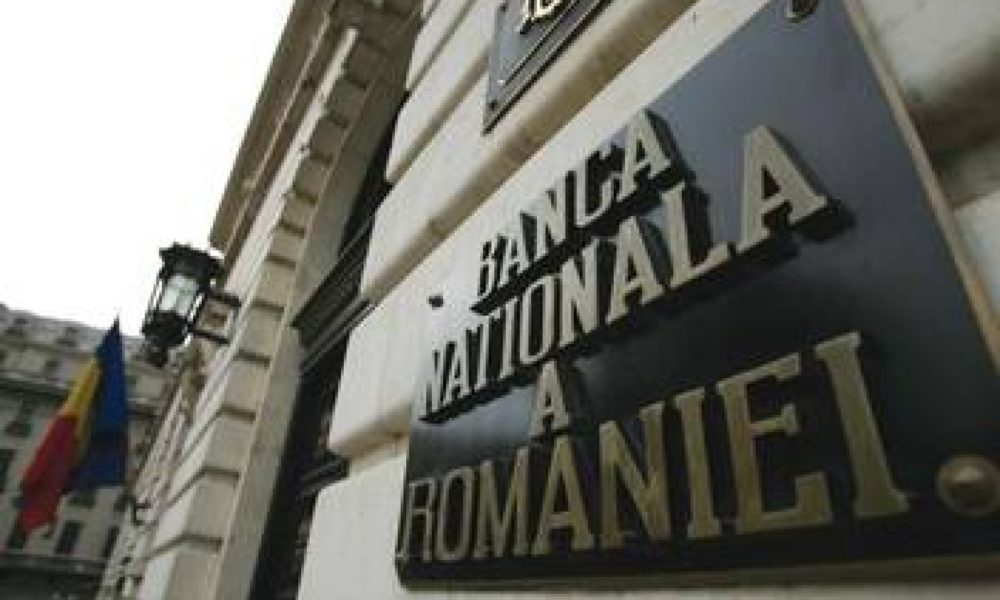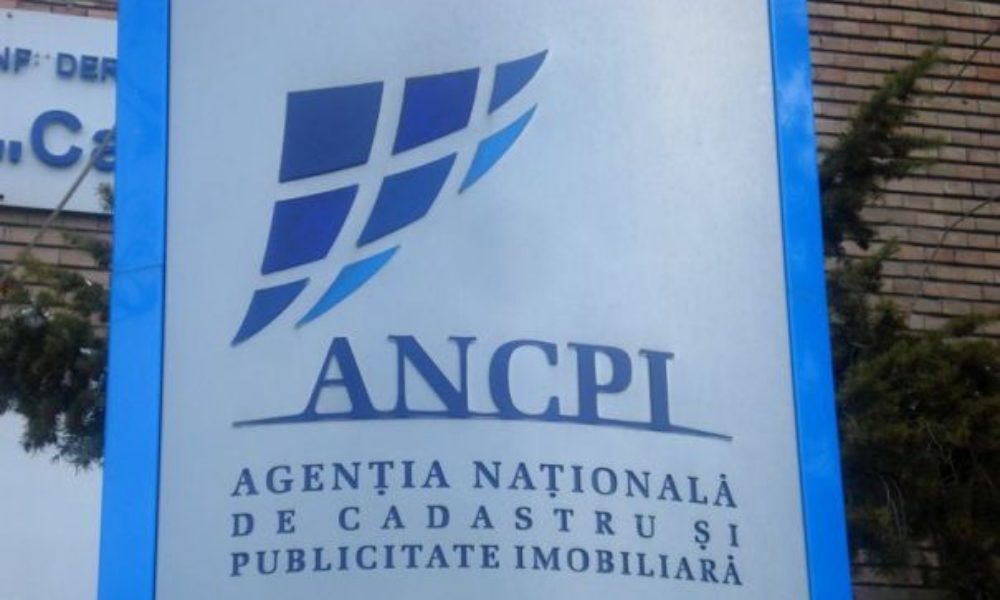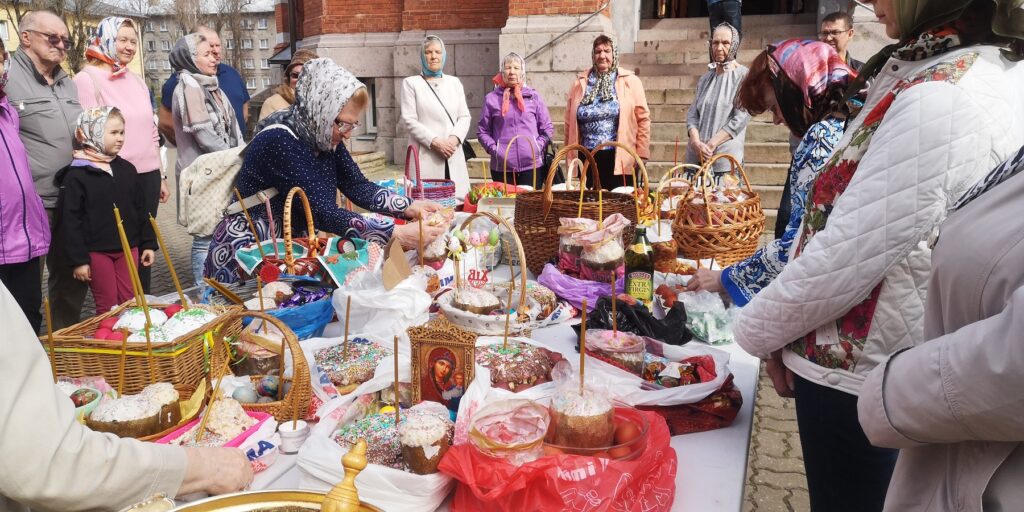145 years since the establishment of BNR

The National Bank of Romania was established on April 17/29, 1880, by publishing, in the ‘Official Monitor’ no. 90, of the Law for the establishment of a bank of discount and circulation, thus giving birth to the National Bank of Romania, a credit institution, which had the exclusive privilege of issuing banknotes. The capital of the bank was entirely Romanian and belonged to one third to the state and two thirds, according to https://www.bnro.ro/.
Thus, on December 1, 1880, the actual operations of the National Bank began. According to the Internal Regulation, the NBR was organized in 7 services: general secretariat; Discount; Actions, public funds, warehouses and loans; Manufacturing and accounting of tickets; General accounting; Cashier; General control.
On December 5, 1880, the General Council was informed about the appointment of Eugeniu Carada, as director, instead of GC Cantacuzino, who had resigned.
The institution also crossed some moments of major challenges, such as: the transition from bimetallism to monometallism (1890), the withdrawal of the state between the shareholders (1900) or the outbreak of the First World War (1914).
Starting with March 1881, the four branches provided in the law of establishment began to operate, and from the autumn of 1886, the services of the Iasi, Braila and Galați branches have moved to the new headquarters. The construction of the branch headquarters in Craiova was finalized in 1888.
The National Bank of Romania was involved, between 1880-1914, in support of the development of the national economy, through the volume of credits granted and the low level of the discount tax. In the years 1890-1892, the NBR also contributed, together with the Romanian government, to the elaboration of the laws that consecrated the change of the monetary standard, by renouncing bimetallism in favor of gold monometallism.
The range 1880-1900 was one of the crises, and the increasing connection of the Romanian world to the international economic flows also generated the more serious experience of the crisis episodes, exacerbated by the agrarian character of our economy. Even if this character has been preserved, the credit expansion continued.
Between 1900 and 1925, the state withdrew from the bank’s shareholders, for which the NBR became a privileged private institution, but which had the same national responsibilities, the site shows https://www.bnro.ro.
During the First World War, the NBR financially supported the war effort of the Romanian government. The central administration of the NBR was forced to take refuge in Iași and accept the transfer of his treasure in Moscow, without being able to be recovered, writes the site. https://www.bnro.ro.
Since 1922 he passed to what was called the monetary consolidation, which materialized in: balanced budgets, the collection of taxes, the decrease of the percentage represented by the reporting of the state public debt to the volume of ticket circulation, from 97% to 1921 to 57.6% in 1924, the increase of the gold in the reserve of the BNR, which includes the BNR, which includes the BNR, which includes the law on the Gold It was sold to the National Bank.
On June 19, 1925, the law that entered into force on January 1, 1926 was promulgated and by which the conventions regarding: the liquidation of the state show and the strengthening of the fiduciary circulation were cleared; the return of the state between the shareholders of the issue bank; extension of the bank’s privilege until 1960; The establishment within 15 years of a special fund, called the liquidation fund of the state made.
Also, after the war, the NBR had to respond to challenges such as the post -war economic crisis, to restore the convertibility of the lion, to unify and to extend its branch network and agencies throughout the country. After the return of the state between its shareholders (1925), the NBR was involved in the 1929 monetary stabilization project, in the control of gold and quotes, as well as in the actions of conversion of agricultural debts and in the organization and regulation of bank trade since 1934.
The deficiencies of the leu stabilization and the great economic crisis forced the NBR to assume, as an agent of the Romanian state, increased duties in ensuring the stability of the currency and the credit system. In addition to the currency trade monopoly, the NBR has assumed, as a consequence of the economic crisis, new attributions related to the control of the activity of the other banks. The Superior Banking Council, established in 1934, operated next to the National Bank, having the attributions of the supervision and control of the bank trade. At the same time, the NBR has supported the effort of the state for the organization and financing of specialized credit institutes. They have thus made a being: the National Institute of Credit Agricultural, the National Institute of Craft Credit, the National Aurifer Credit Institute.
During World War II, the NBR supported the government in the expenses caused by military actions, taking, at the same time, measures to stop inflation and save its own treasure. The conditions generated by military events and border changes forced the NBR to replace with their own banknotes foreign monetary marks (Ruble, Pento, Soviet lei), put into circulation by the Soviet and Hungarian authorities, as well as by the Soviet army in Bessarabia and North Bukovina (1941), in Romania (1944) and in Transylvania (1944).
In 1946, during the communist regime, the NBR was stated and reorganized. In 1948, the NBR became the RPR – state bank, initially subordinated to the Ministry of Finance, and since 1957, the Council of Ministers. In 1965, the name of the banking unit was by the National Bank of the Socialist Republic of Romania.
Since 1990, the NBR has resumed its initial title, involving itself in the transition from the centralized economy to the market economy and assuming its usual duties.
Since 2007, with the accession of Romania to the European Union, the NBR has become a member of the European Central Banks (SEBC) system, and the BNR governor, a member of the General Council of the European Central Bank (ECB).
In 2020, 140 years of activity of the NBR (1880-2020) were marked. Of the events included in the marking of the 140 years of activity, there are the show of postage brands 140 years since the establishment of the NBR; Jubilee campaign ‘The National Bank of Romania – 140 years’, during which 140 significant moments and personalities were presented in the life of the institution, as well as elements of architecture and heritage or collections of the Museum, Library and Archives of the NBR; The publication of the anniversary article, on the blog of opininbnr.ro: ‘The National Bank of Romania defends its secular wealth having on its part the right and history’. (source: https://www.bnro.ro)
Currently, besides the NBR, the Museum of the National Bank of Romania, the BNR Library, the BNR Treasure Museum at the Tismana Monastery, operates.
BNR governors: II Câmpineanu (July 1880-December 1888); Anton Carp (1849-1914); Theodor Rosetti (1837-1923); Theodor Stefanescu (1842-1909); Mihail C. Şutzu (1841-1933); Ioan G. Bibicescu (1848-1924); Mihail Oromolu (1875-1945); Dimitrie Burillianu (1878-1954); Constantin Angelescu (1883-1973); Mihail Manoilescu (1891-1950); Grigore Dimitrescu (1882-1955); Dumitru (Mitița) Constantinescu (1890-1946); Alexandru Otulescu (1881-1944); Constantin Tătăranu (1893-1953); Tiberiu Moșoiu (1897-1952); Aurel Vijoli (1902-1981); Anton Moisescu (1952-1953); Petre Bălăceanu (1953-1956); Marin Lupu (1956-1957; 1957-1959); Coloman Maioreanu (1959-1963); Vasile Malinschi (1963-1977); Vasile Răuță (1977-1984); Florea Dumitrescu (1984-1989); Decebal Urdea (1989-1990); Mugur Isarescu (1990-present), according to https://www.bnro.ro.







